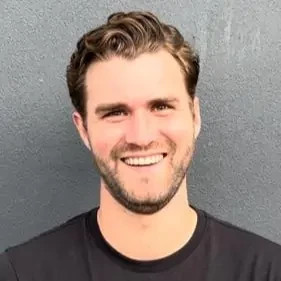Hi Anonymous,
For question 1: In general the interviewer will give some hints you forgot one element. The ideal thing to do in this case would be:
- sum up the questions
- sum up your results up to that point
- if you are still unable to brainstorm the missing element, ask for help to the interviewer
For question 2: you normally get the interviewer pointing out that you are missing something; the traditional way for him to do so is to ask “What else?” a number of time (which would also indicate you are not properly structuring). Thus you don’t usually need to clarify whether you are missing something, as the interviewer will communicate that directly. Then you can proceed as for question 1.
Hope this helps,
Francesco













